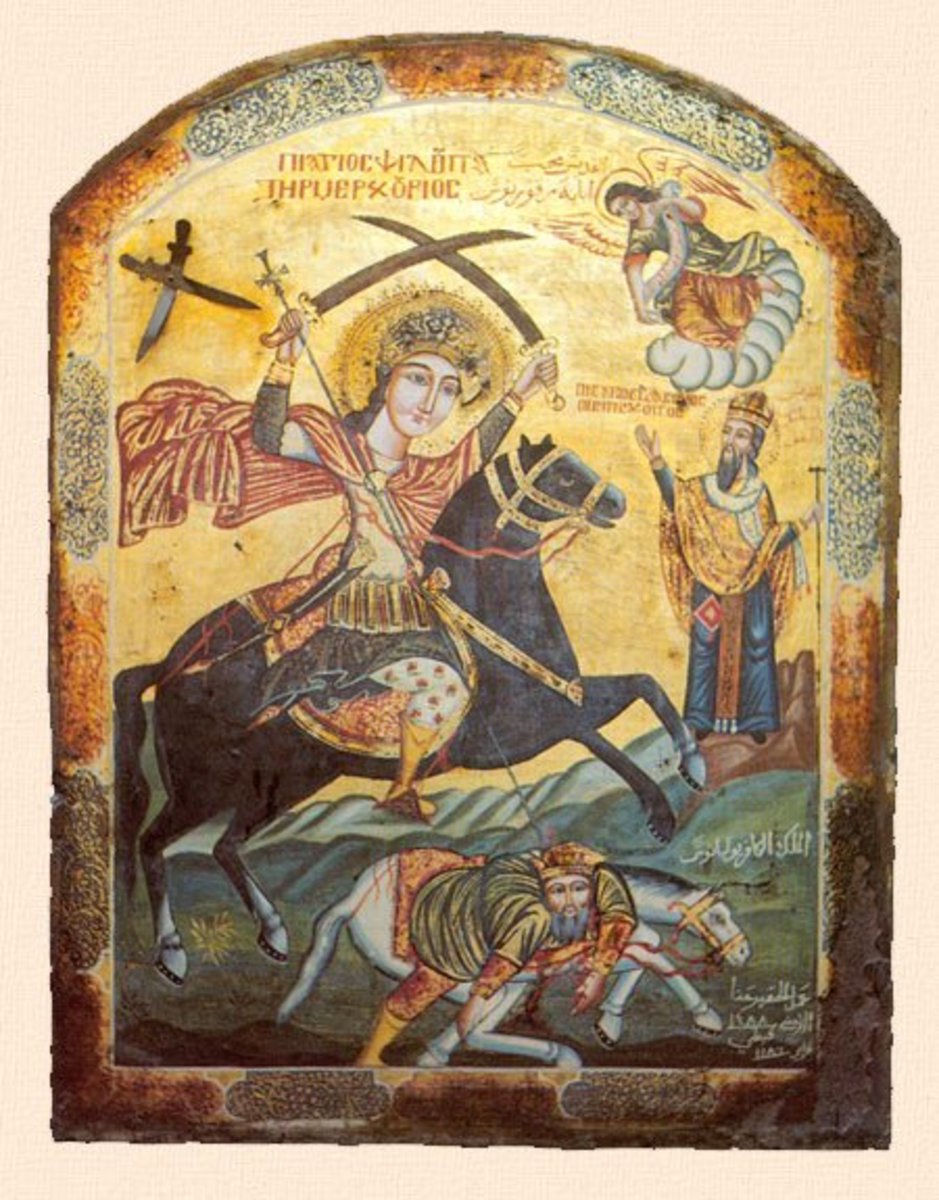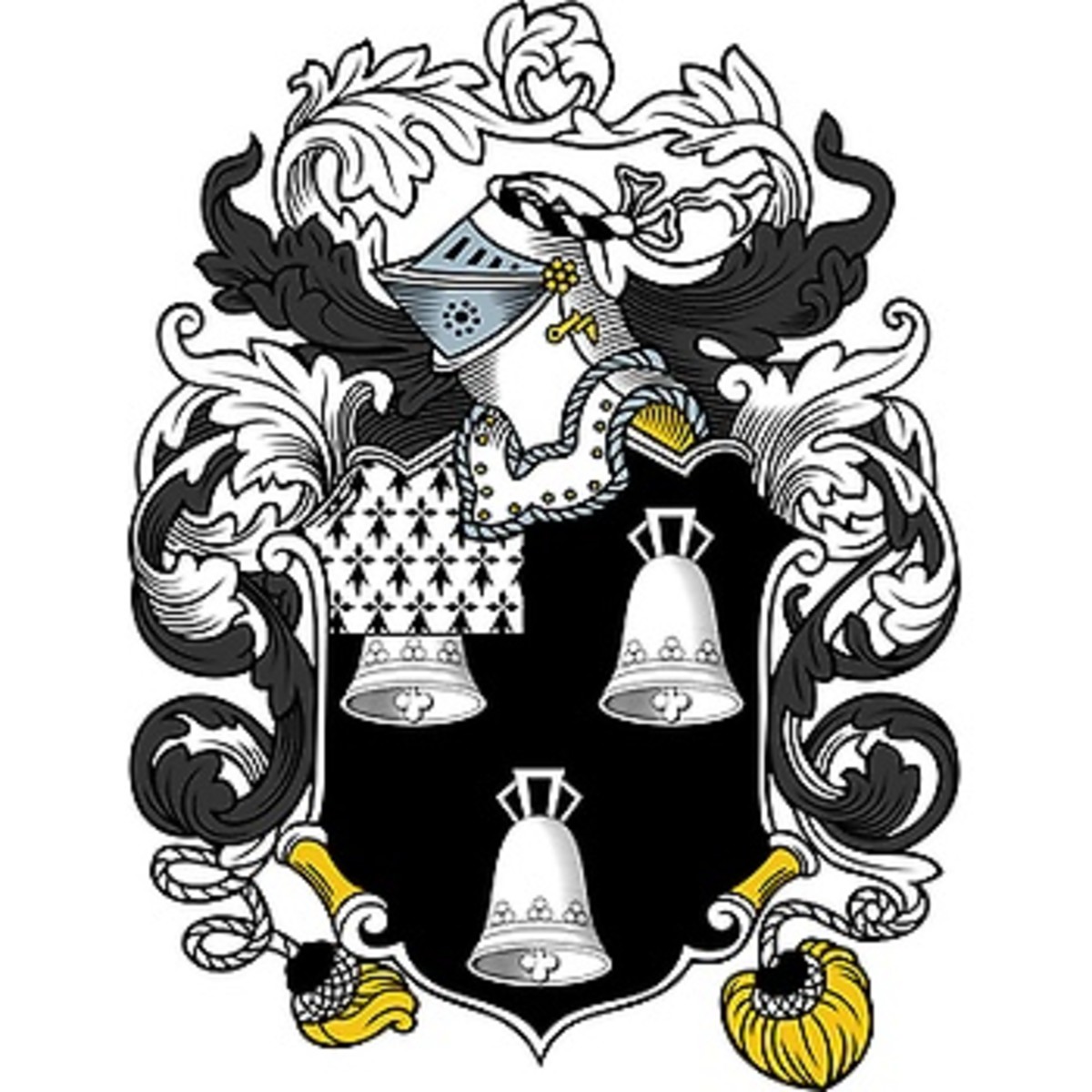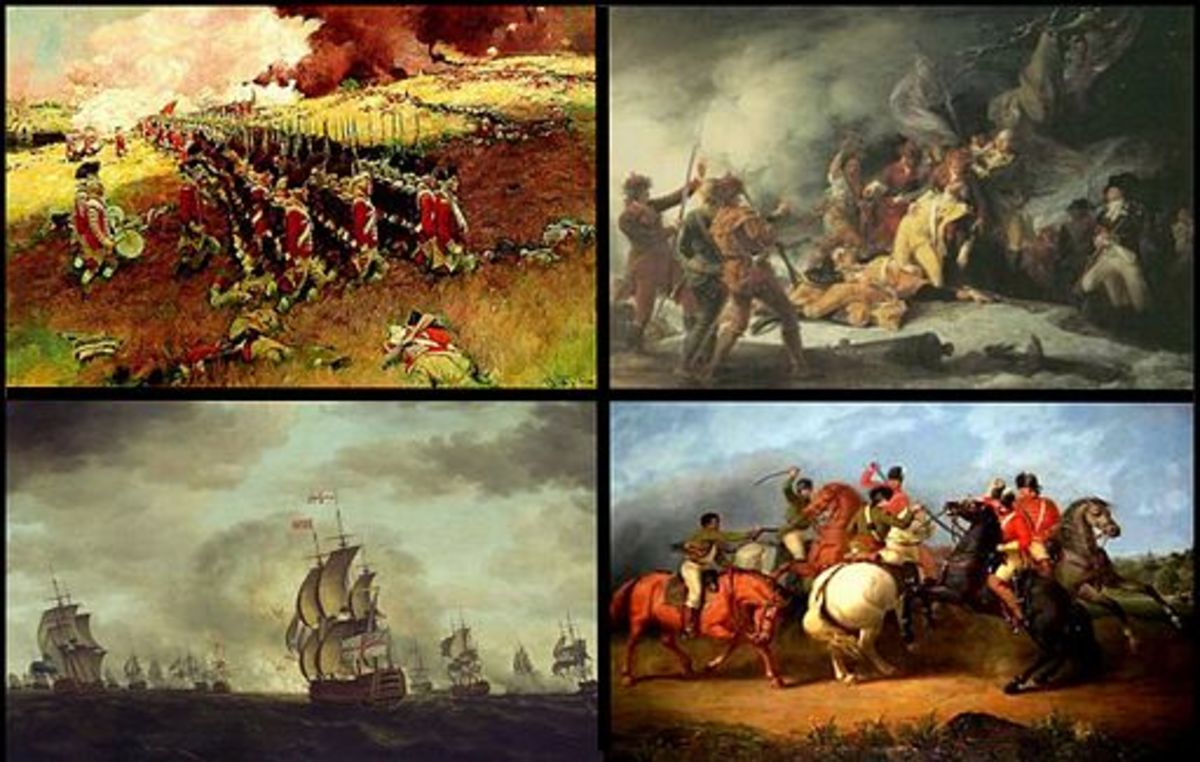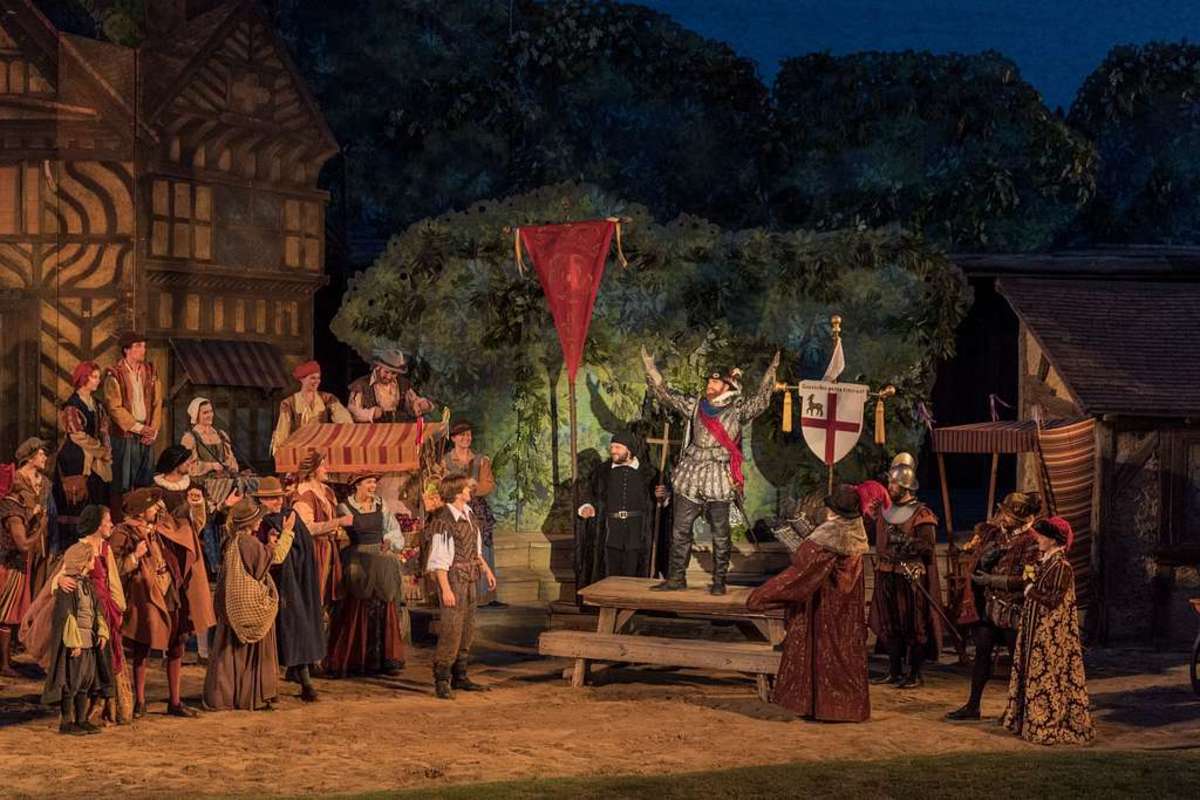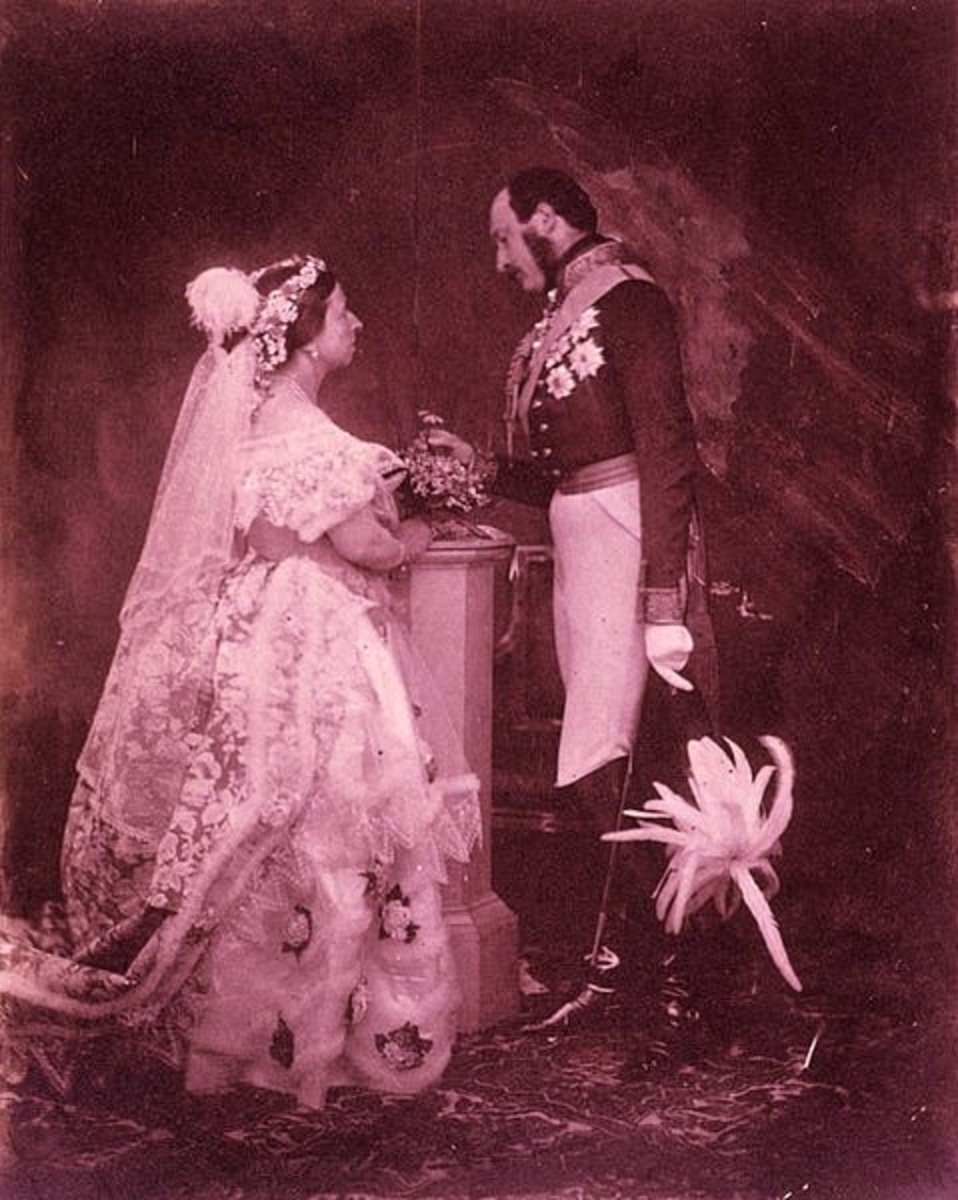- HubPages»
- Education and Science»
- History & Archaeology»
- History of the Americas
The "Shootist" Clay Allison

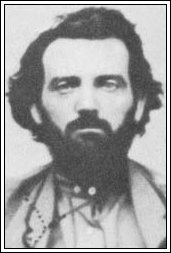
There have been many highly exaggerated tales of gunman Robert "Clay" Allison. But if even half of them were true, people were wise to avoid crossing his path. He was known for coining the term “shootist” and always referred to himself as such.
Clay was born with a clubfoot September 2, 1840 . His father died when Clay was only five which could partially explain his extreme mood swings as he grew into manhood. Clay worked on the family farm near Waynesboro, Tennessee until the age of 21.
When the Civil War broke out Clay immediately signed up with the Confederate Army on October 15, 1861. His clubfoot didn’t seem to present any enlistment problems. However, on January 15, 1862, he received a medical discharge for an old head injury doctor’s claimed was causing his extreme mood swings. But it’s suspected there were other factors at work.
Clay seemed a bit overzealous in his desire to fight the enemy, sometimes threatening to kill his superiors because they would not pursue Union troops when they were running away from the battle.
His medical discharge papers coincided with these threats thereby suggesting there may have been a connection. Military physicians described his nameless illness as such: "Emotional or physical excitement produces paroxysmal of a mixed character, partly epileptic and partly maniacal." The document further suggested the condition might have resulted from "a blow received many years ago, producing no doubt a depression of the skull.”
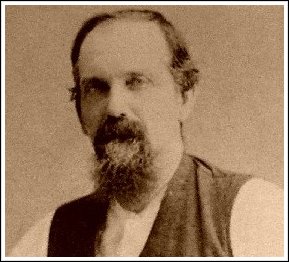
Regardless, Allison later reenlisted as a member of the 9th Tennessee Cavalry, remaining there until the end of the war.
After the war, Allison became a member of the Ku Klux Klan and was involved in several confrontations before leaving for Texas with several family members. It was said a Union corporal arrived at the family farm, intending to seize their property. Clay shot and killed him. He never returned to Tennessee.
Attempting to cross a river on their way to Texas, Clay accused the ferryman of overcharging and an argument ensued. Allison left the ferryman lying unconscious.
From then on Allison began building a reputation as a seriously dangerous man, no doubt intensified by his hard drinking. Clay, along with his brothers, would often ride into a town shooting out street lamps and generally just being an aggravating nuisance. They made their rounds to local saloons and gambling halls where they shot out lamps, mirrors, and glasses. It was said they particularly enjoyed making patrons "dance" as they fired at their feet.
Clay briefly settled down and learned ranching while in Texas. He hired on with Charles Goodnight and Oliver Loving in 1866 and accompanied them on the well known Goodnight-Loving Trail through Texas, New Mexico and Colorado. Around 1867 Clay signed on as a trail boss for M.L. Dalton.
Allison was said to have had an altercation over water hole rights with a neighbor by the name of Johnson. The two decided to settle the matter by digging a grave, wherein the two combatants would enter the pit with bowie knives and fight to the death. The loser would be buried in the pit. Obviously Clay didn't lose, but history is silent on whether he killed his neighbor.
Wyatt Earp
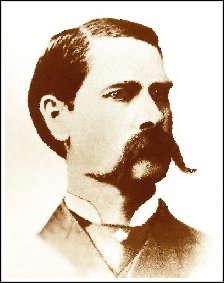
Beginning in the early 1870’s, Allison found himself engaging in numerous knife fights, although he fancied himself a quick draw artist. But he soon discovered he wasn’t as fast as he thought he was after being outdrawn in a friendly competition by Mace Bowman. Bowman and Allison struck up a friendship and Bowman is said to have instructed Allison with the finer points of the quick draw.
Allison had a mean and violent streak which could easily erupt over the slightest detail. In the fall of 1870 in Elizabethtown this trait became glaringly evident. Charles Kennedy, who was suspected of killing and robbing overnight guests in an isolated cabin, was being held at the town’s jail. Clay and several others, stormed the jail, threw a rope around Kennedy’s neck and dragged him by a horse up and down Main Street until long after he was dead. Kennedy was then decapitated and his head was carried 29 miles to Cimarron. Allison demanded it be staked on a fence in front of Lambert's Inn which was later renamed the St. James Hotel.
Later, in April, 1871, Allison and two others allegedly stole 12 government mules belonging to the Fort Union Commander, General Gordon Granger. In the fall, he tried stealing some more. During the attempt he accidentally shot himself in the foot. However, they managed to escape to a hideout along the Red River. Clay spent the rest of his life with a permanent limp.
Allison was said to fear no man, but it was a different story with women. He was known to be somewhat shy when it came to the fairer sex. When Clay and his brother, John, met considerably younger Dora McCullough and her sister, both became immediately enamored. The girls, who were born and raised in Sedalia, MO were orphaned during the Civil War and lived with their guardians, Mr. and Mrs. A.J. Young on what is now known as the Vermejo Ranch.
John had made a favorable impression on Mrs. Young but Clay’s violent reputation had preceded him and she naturally disapproved. But the two couples eloped in 1873 anyway.
On January 7, 1874 Clay killed a gunman named Chunk Colbert, who picked a fight with him at an eating establishment in Colfax County, New Mexico. Colbert was said to have killed six men and had had a run in with Allison several years earlier. The cause of the confrontation apparently began nine years earlier when Allison killed Colbert's uncle in a gunfight, but that fact is controversial.
The following year Allison reportedly led a mob to capture Cruz Vega, a man suspected of murdering a Methodist circuit rider. Allison’s mob hanged the man from a telegraph pole near Cimarron. Vega's family led by his uncle Francisco Griego, began making threats about town he would exact revenge on Allison. Griego wandered into a local inn and inadvertently came across Allison. An argument followed and Griego pulled his gun. Allison shot Griego twice, killing him. Allison was initially charged with murder, but the charges were later dropped when the shooting was ruled justifiable.
The following year Allison reportedly led a mob to capture Cruz Vega, a man suspected of murdering a Methodist preacher. Allison’s mob hanged the man from a telegraph pole near Cimarron. Vega's family led by his uncle Francisco Griego, began making threats about town he would exact revenge on Allison. Griego wandered into a local inn and inadvertently came across Allison. An argument followed and Griego pulled his gun. Allison shot Griego twice, killing him. Allison was initially charged with murder, but the charges were later dropped when the shooting was ruled justifiable.
In December 1876 Allison and his brother John entered a saloon for drinks in Las Animas, Colorado. The local sheriff, Charles Faber, ordered the Allison’s to relinquish their guns as it was illegal to possess guns inside town limits. The Allison’s refused. Faber left and returned with two deputies.
Entering the saloon someone hollered "Look out!" It's believed the sheriff and his men fired first. John Allison was shot three times. Clay quickly fired four times, killing Sheriff Faber. The deputized men seeing they were no match for Allison’s gun skills fled. John recovered from his wounds. It was perhaps this gunfight that attributed to Clay Allison’s legend as a gunfighter.
Clay Allison moved to Sedalia, Missouri in March 1877 then to Hays City, Kansas, where he became a cattle broker. Soon after, he drifted into Dodge City, Kansas where the deputy marshal was none other than Wyatt Earp. One account, given by Earp's biographer and Earp himself, stated Wyatt and Bat Masterson faced Allison and his men in a saloon with Allison backing down. Other reports claim Dick McNulty, a successful cattleman and Chalk Beeson, owner of the Long Branch Saloon, intervened and talked the cowboys into putting down their weapons.
However, Earp did not make this claim until after Allison's death, much like an earlier claim he arrested gunman Ben Thompson, also made after his death. Charlie Siringo, a witness to the event gave a written account. Siringo was a cowboy at the time of the incident, but later became a well known Pinkerton Detective. He said it was actually McNulty and Beeson who ended the incident and Earp never came into contact with Allison.
From 1880 to 1883, Clay Allison ranched with his two brothers, John William and Jeremiah Monroe, in what was then Wheeler County, Texas, now Hemphill County. He later sold his ranch and moved to Pope's Wells, near the New Mexico state line where he purchased another ranch.
In the summer of 1886, Clay was in Cheyenne, Wyoming on cattle business. Having a terrible toothache, he went to a local dentist. The dentist, knowing who was sitting in his chair, trembled in fear. The dentist, not able to concentrate began working on the wrong tooth.
Clay immediately went searching for another dentist. The mistake stuck in Allison’s craw and once his tooth had been taken care of he returned to the first dentist. Allison pinned him into one of his dental chairs and pulled one of his molars with a pair of forceps. Attempting to extract a second, the dentist's terrifying screams were heard and citizens came running to his rescue.
On July 3, 1887 Allison was hauling a load of supplies when his cargo shifted and a sack of grain fell off. When Allison tried to catch it, he fell from the wagon. The wheel rolled over him breaking his neck. He was buried the next day at Pecos Cemetery in Pecos, Texas, with hundreds in attendance. On August 28, 1975, Clay Allison's remains were re-interred at Pecos Park, just west of the Pecos Museum.
One month after Clay’s death, his brother Monroe died of a heart attack at his Gageby Creek ranch on August 5, 1887. John, not quite 44, died in Clifton, Tennessee, on January 7, 1898 after a brief and painful illness. He left a wife and four daughters.
Clay and wife Dora had two daughters: Patti Dora Allison, born August 9, 1885 and Clay Pearl Allison born February 10, 1888.


